Table of content
Introduction
Wild hawthorn, scientifically known as Crataegus species, is a deciduous shrub or small tree native to temperate regions across North America, Europe, and Asia. Its fruits, commonly referred to as hawberries or hawthorns, are not only a delightful treat for wildlife but also hold potential health benefits for humans. From making jams and jellies to brewing teas, wild hawthorn fruits offer a myriad of culinary and medicinal uses. However, harvesting these fruits at the optimal ripeness is crucial to ensure their best flavor, texture, and nutritional value. This article aims to provide a comprehensive guide on how to determine if wild hawthorn fruits are ripe and ready for picking.
Understanding Wild Hawthorn
Before diving into the specifics of ripeness, it’s essential to understand the basic characteristics of wild hawthorn. The plant typically grows in hedgerows, forests, and along roadsides, thriving in well-drained soils and full sun to partial shade. Its branches are often adorned with sharp thorns, giving it its name and serving as a natural defense mechanism against predators.
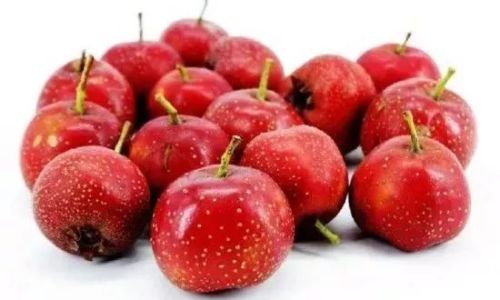
The fruits of wild hawthorn vary in size, shape, and color depending on the species. Commonly, they range from small, spherical berries to larger, oblong ones. Color-wise, they can be red, orange, yellow, or even a combination of these hues. The skin of ripe hawthorns is usually glossy and firm, while the flesh can be juicy or dry, depending on the variety and environmental conditions.
Signs of Ripeness
Color Change
One of the most obvious signs of ripeness in wild hawthorn is a change in color. As the fruits mature, they undergo a transition from green or a lighter hue to a more vibrant red, orange, or yellow. It’s important to note that color alone is not a definitive indicator, as some varieties may retain a greenish tint even when fully ripe. However, a consistent and even color distribution across the fruit’s surface is a good starting point.
Texture and Firmness
Touch is another crucial sense to employ when assessing the ripeness of wild hawthorn. Ripe fruits should feel firm but slightly yielding to gentle pressure. Avoid picking those that are overly soft or have soft spots, as they may be overripe or starting to decay. Conversely, fruits that are too hard are likely underripe and may lack the desired sweetness and juiciness.
Aroma
While not as pronounced as in some other fruits, ripe wild hawthorn fruits do emit a subtle, sweet aroma. This fragrance becomes more noticeable as the fruits reach peak ripeness. If you’re unsure, take a moment to sniff a few fruits. A pleasant, slightly sweet scent is a positive sign.
Taste Testing
Nothing beats a direct taste test to determine ripeness. Carefully pick a single fruit and slice it open. Taste a small piece of the flesh. Ripe wild hawthorn should be slightly tart with a hint of sweetness. If the fruit tastes excessively tart or bitter, it’s likely not fully ripe. Conversely, an overly sweet taste could indicate overripeness.

Seed Development
Examining the seeds inside the fruit can also provide insight into its ripeness. In ripe wild hawthorn, the seeds should be fully formed and easily separable from the flesh. They should not be too soft or mushy, which can indicate underripeness, nor should they be excessively dry or brittle, which may suggest overripeness.
Time of Year
Knowing the typical ripening season for wild hawthorn in your area can be a helpful guide. Generally, these fruits ripen from late summer to early autumn, depending on the climate and specific species. While individual trees may vary slightly, this general timeframe can help narrow down your search for ripe fruits.
Bird and Insect Activity
Wildlife, particularly birds and insects, are often reliable indicators of ripe wild hawthorn. If you notice birds or insects feeding on the fruits, it’s a good sign that they are ripe and ready for harvest. However, be mindful of the competition, and consider harvesting promptly to avoid losing your bounty to nature’s feasters.
Harvesting Techniques
Once you’ve identified ripe wild hawthorn fruits, it’s time to harvest them. Wear gloves to protect your hands from the thorns, and use a sturdy pair of pruning shears or scissors to cut the branches bearing the fruits. Avoid pulling or twisting the branches, as this can damage the plant and reduce future fruit production.
Collect the fruits in a basket or container lined with soft material to prevent bruising. Handle them gently to retain their quality. If you’re not planning to use the fruits immediately, store them in a cool, dry place or refrigerate them to extend their shelf life.
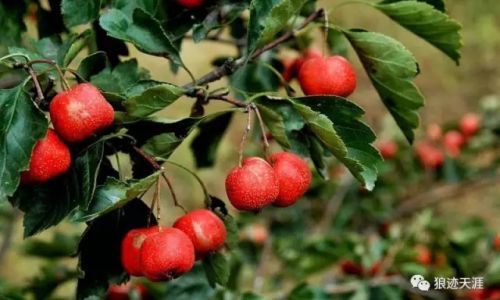
Conclusion
Determining the ripeness of wild hawthorn fruits requires a combination of observation, touch, smell, taste, and knowledge of the plant’s natural cycle. By paying attention to these factors, you can ensure that you harvest only the best fruits, maximizing their culinary and medicinal potential. Remember, patience and attention to detail are key. With the right approach, you’ll be able to enjoy the sweet, tangy taste of ripe wild hawthorn, whether in a cup of tea, a jar of jelly, or simply as a fresh snack from nature’s bounty.
Happy harvesting!

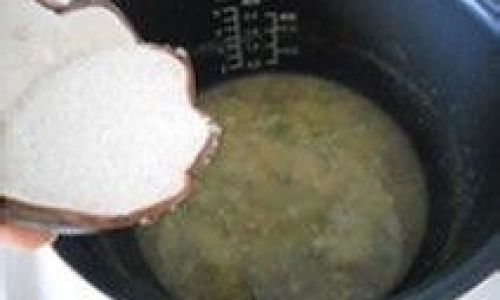

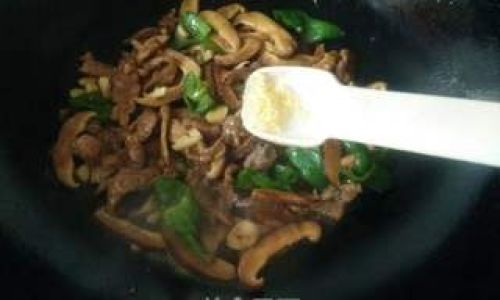
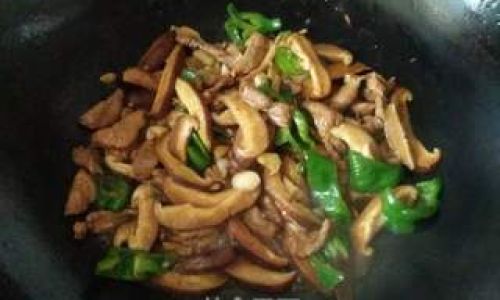
0 comments